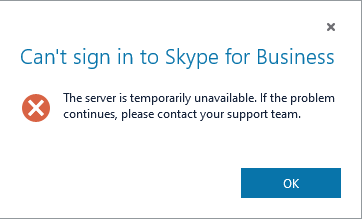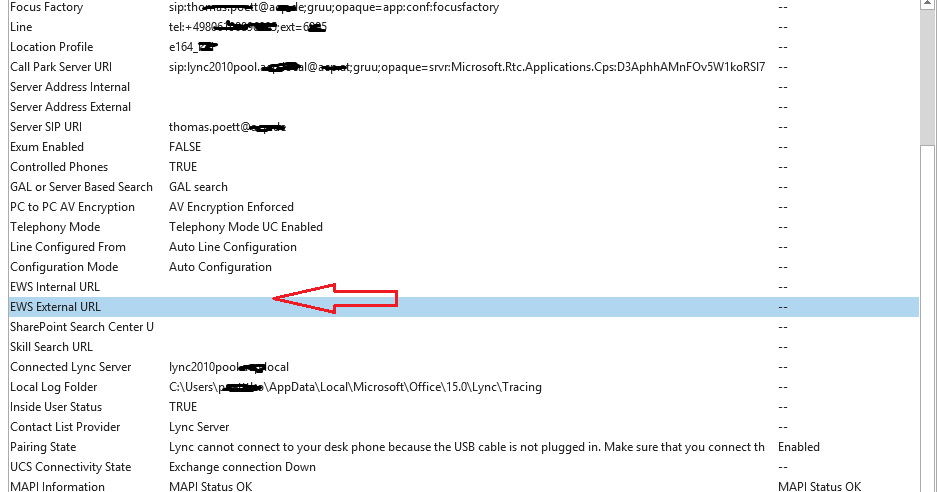

From within the DKIM panel, if you click to highlight the site, you will notice that DKIM is enabled for this particular domain.Select Threat Management and then Policy.Similar steps to create the same CNAME records for DKIM may be used with other DNS providers.įigure out the format of your CNAME DKIM records In this example I have provided steps using the administration portal for DKIM records. This setting will disable the use of DKIM within minutes (based on my experience, but ultimately dependent on DNS replication). What is really nice about the implementation of DKIM records is that there is a basic enable/disable toggle within the Office 365 Admin Portal that can be used. As you read through the instructions, as with any good implementation plan you need to always consider a backout plan in case there are any problems.

I am also using GoDaddy as the DNS hosting provider where I will create the CNAME records required for DKIM.

In this demonstration, I am using my lab environment as an example for Office 365. I have also created a short YouTube video that walks through these steps as well.
#DNS ENABLE SKYPE FOR BUSINESS IN OFFICE 365 HOW TO#
I have documented the steps below that describe how to setup DKIM records for your environment. Over 90% of these large companies do not have basic email security defined. Unfortunately, a study in August 2017 showed that fewer than 10% of all Fortune 500 companies have proper records defined. It is highly recommended by Microsoft and any email expert (I’ve been doing this for over 20 years) that you setup your DKIM, SPF, and DMARC records properly. However, DKIM records were not enabled for your custom domain that you also likely have defined and is what is being used for email delivery ( instead of ). If you are using Microsoft Office 365, you’ll find in your settings (reviewed later in this blog) that DKIM was enabled for your tenant domain which is at the time in which your email environment was setup. And, best of all, DKIM records are extremely easy to setup for use in Microsoft Office 365.

DKIM records are not a requirement for email services, but certainly help in the constant battles against malicious senders. Spoofing is a very common technique used by spammers in phishing campaigns designed to trick users into providing their user credentials. DKIM records are designed to help prevent spammers from spoofing your domain in emails sent to other organizations (as you) as well as to prevent inbound emails coming into your environment that appear to be coming from others. DKIM is short for DomainKeys Identified Mail. This blog provides information about DKIM DNS records, what they are, and how to properly implement them in Microsoft Office 365.įirst, a little explanation on what DNS DKIM records really are. These types of records have existed for many years and are not new. Some of these DNS records are SPF, MX, DMARC, and DKIM. There are several email related DNS records available that the majority of organizations are either unaware of or worried about making changes for fear of “bouncing” email. One of the more popular conversation topics is email spam and spoofing of their domain. To use the ENDS validation, just enter the DNS records of your on-premises connectors (you know the DNS record you define when running the Exchange Configuration Wizard) – you can add multiple records using a comma separated listįor the purpose of this post, I have validated my real connector and an additional record which is not related to Exchange Online mail flow.In my role at Microsoft I am talking daily to Microsoft Partners and customers throughout the United States. You can access the EDNS validation tool from the RCA home page, under the Office 365 blade, or through the direct link If you are not sure, made changes on your DNS or want to be sure and validate, you can use the new EDNS validation tool from the Remote Connectivity Analyzer ( ).Īfter ENDS is enabled and you have a misconfigured DNS, you will get ServerFailure delivery errors. To prepare for this change, the ExO team has been already reviewing existing Office 365 tenant to ensure they are compliant and notification has been sent to tenant with potential issues through a message on Message Center. Starting March 22, 2021, Exchange Online (ExO) and Exchange Online Protection (EOP) DNS infrastructure will be updated to enable Extension Mechanisms for DNS (EDNS) to allow sending DNS data in larger UDP packet which is required for DNSSEC.


 0 kommentar(er)
0 kommentar(er)
